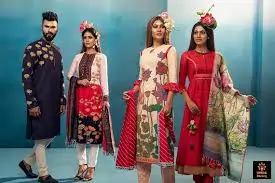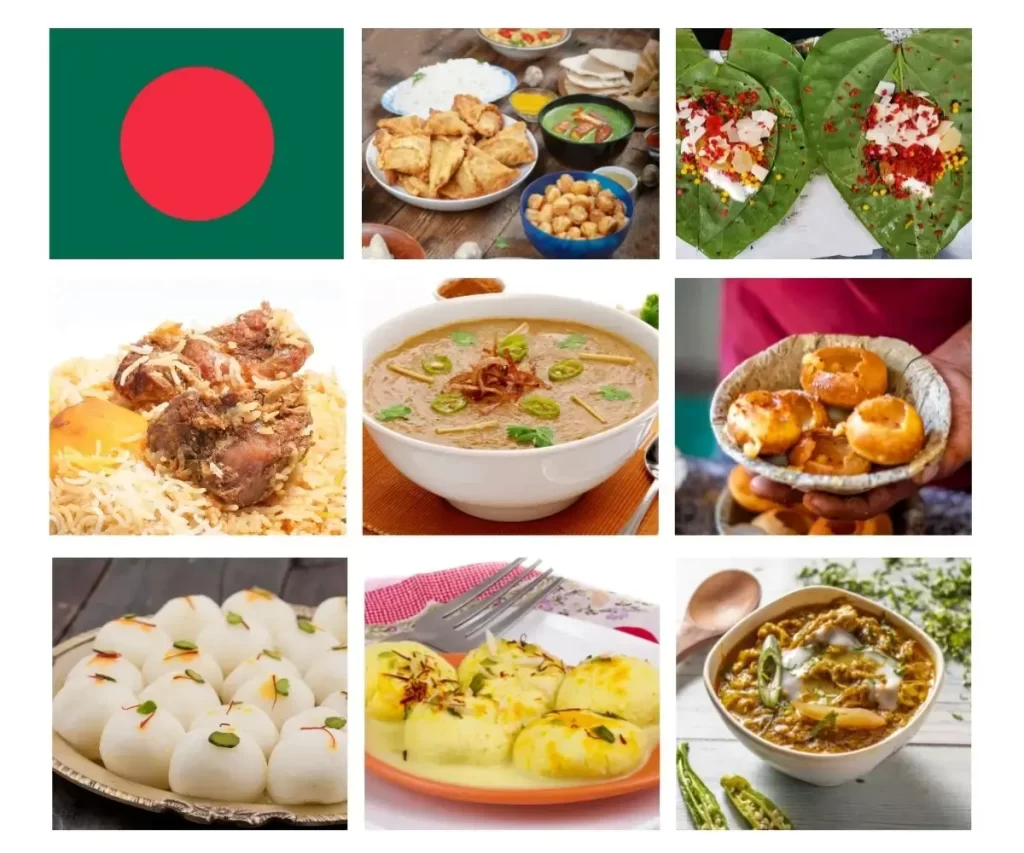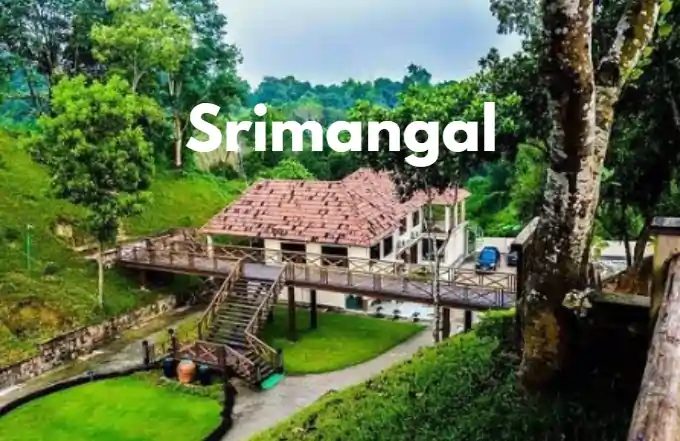
Table of Contents
Top 10 Best Clothing Styles in Bangladesh
Bangladesh is known for its rich cultural heritage and vibrant textile industry. The country’s clothing reflects its traditional roots while embracing modern fashion trends. Here are the top 10 best clothing styles in Bangladesh:
1. Saree
Type: Traditional Women’s Wear
Description: The saree is an iconic piece of clothing worn by Bangladeshi women, especially during festivals and special occasions. Jamdani, Tant, and Silk sarees are particularly popular, with intricate designs and handwoven patterns symbolizing the country’s craftsmanship.
2. Panjabi (Kurta)
Type: Traditional Men’s Wear
Description: The Panjabi, also known as a kurta, is a long tunic worn by men, especially during religious festivals like Eid and weddings. Cotton, silk, and embroidered panjabis are common, offering both comfort and elegance.
3. Salwar Kameez
Type: Traditional Women’s Wear
Description: A staple in every Bangladeshi woman’s wardrobe, the Salwar Kameez consists of a long tunic (kameez) paired with loose-fitting trousers (salwar). Available in various materials like cotton, silk, and georgette, this attire is perfect for both casual wear and formal occasions.
4. Lungi
Type: Traditional Men’s Wear
Description: The Lungi is a casual, comfortable lower garment worn by men, particularly in rural areas. Made from cotton or silk, the lungi is perfect for hot weather and is often paired with a simple shirt or kurta.
5. Lehenga
Type: Bridal/Occasion Wear
Description: A popular choice for weddings, the Lehenga is a long, embellished skirt worn with a blouse and dupatta. Rich fabrics like silk, velvet, and brocade are adorned with intricate embroidery, making it a luxurious and regal outfit.
6. Sherwani
Type: Formal Men’s Wear
Description: The Sherwani is a long, coat-like garment worn by men during weddings and formal events. It is often heavily embroidered and paired with churidar pants, exuding sophistication and traditional elegance.
7. Jamdani Saree
Type: Handwoven Traditional Saree
Description: Known for its delicate weaving and fine craftsmanship, the Jamdani Saree is a UNESCO-recognized cultural heritage product. It is a must-have for Bengali women, often worn during weddings, festivals, and important cultural events.
8. Dhoti
Type: Traditional Men’s Wear
Description: Similar to the lungi but more formal, the Dhoti is a long, unstitched piece of cloth wrapped around the waist and legs. It is worn during traditional ceremonies and paired with a kurta for a complete look.
9. Fatuas
Type: Casual Unisex Wear
Description: A Fatua is a short, tunic-style shirt worn by both men and women. It is perfect for casual occasions and is often made from cotton, making it a comfortable choice in the hot and humid climate of Bangladesh.
10. Modern Fusion Wear
Type: Contemporary Fashion
Description: In recent years, modern fusion wear has gained popularity, blending traditional Bangladeshi styles with Western fashion. Women often wear sarees with modern blouses, and men pair panjabis with jeans, creating a unique mix of traditional and contemporary fashion.
Conclusion
The clothing styles of Bangladesh offer a beautiful blend of tradition and modernity, with each piece reflecting the country’s cultural heritage and craftsmanship. Whether it’s a luxurious Jamdani saree or a simple, everyday salwar kameez, Bangladeshi fashion showcases the diversity and beauty of its textile industry.
Disclaimer:
The information provided in this article about the top 10 best clothing styles in Bangladesh is intended for general informational purposes only. The clothing styles mentioned reflect common trends and traditional attire in Bangladesh, but personal preferences and regional variations may differ. The author does not guarantee the accuracy or completeness of the descriptions and makes no claims regarding the availability or pricing of the clothing mentioned. Readers are advised to explore individual preferences and verify specific details with local designers or retailers. The author assumes no responsibility for any discrepancies or changes in fashion trends.
About the Author
Coleen Mega is a seasoned SEO strategist with over five years of experience in the digital marketing industry. Her journey began with a passion for understanding search engine algorithms and optimizing websites to drive organic traffic and improve search engine rankings.


